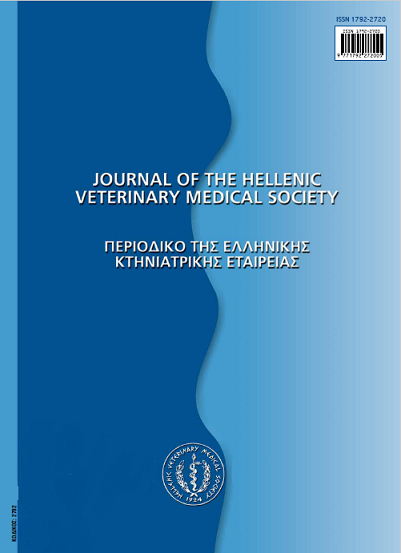Comparative analysis of changes in the lungs of experimental animals’ induced conventional and lung protective ventilation

Abstract
Mechanical ventilation has long been the leader in the treatment of critically ill and injured patients in an intensive care unit. The aim of this study was to examine the impact of the application of positive end-expiratory pressure on histopathological findings and on the parameters of ventilation, oxygenation and acid-base status. The experimental study included 42 animals (piglets), which were divided into of tree groups, each containing 14. The animals of the control group (conventional ventilation) were ventilated with the tidal volume of 10-15 mL/kg. Tidal volume of 6 mL/kg was applied in the low tidal ventilation group, whereas the ventilation strategy in the lung protective ventilation group meant the application of a tidal volume of 6 mL/kg and the 7 mbar of positive end-expiratory pressure. Mechanical ventilation in each animal lasted for 4 hours. After conducting mechanical ventilation, samples were taken from the lung tissue, which were sent for histopathological examination. The parameters of ventilation, oxygenation and acid-base status were measured after each hour’s duration of mechanical ventilation. Application of positive end-expiratory pressure 5-10 mbar during mechanical ventilation is a safe and useful method which is not followed by the occurrence of significant abnormalities in the structure of the ventilated lung. However, a low tidal volume without positive end-expiratory pressure causes significant changes in the histological structure of healthy lungs. Positive end-expiratory pressure keeps the alveoli open throughout the respiratory cycle which allows the lungs to maintain homeostasis in terms of adequate ventilation, oxygenation and acid-base status.
Article Details
- How to Cite
-
VIDENOVIC, N., MLADENOVIC, J., VIDENOVIC, V., & ZDRAVKOVIC, R. (2018). Comparative analysis of changes in the lungs of experimental animals’ induced conventional and lung protective ventilation. Journal of the Hellenic Veterinary Medical Society, 69(1), 771–782. https://doi.org/10.12681/jhvms.16423
- Issue
- Vol. 69 No. 1 (2018)
- Section
- Research Articles

This work is licensed under a Creative Commons Attribution-NonCommercial 4.0 International License.
Authors who publish with this journal agree to the following terms:
· Authors retain copyright and grant the journal right of first publication with the work simultaneously licensed under a Creative Commons Attribution Non-Commercial License that allows others to share the work with an acknowledgement of the work's authorship and initial publication in this journal.
· Authors are able to enter into separate, additional contractual arrangements for the non-exclusive distribution of the journal's published version of the work (e.g. post it to an institutional repository or publish it in a book), with an acknowledgement of its initial publication in this journal.
· Authors are permitted and encouraged to post their work online (preferably in institutional repositories or on their website) prior to and during the submission process, as it can lead to productive exchanges, as well as earlier and greater citation of published work.


